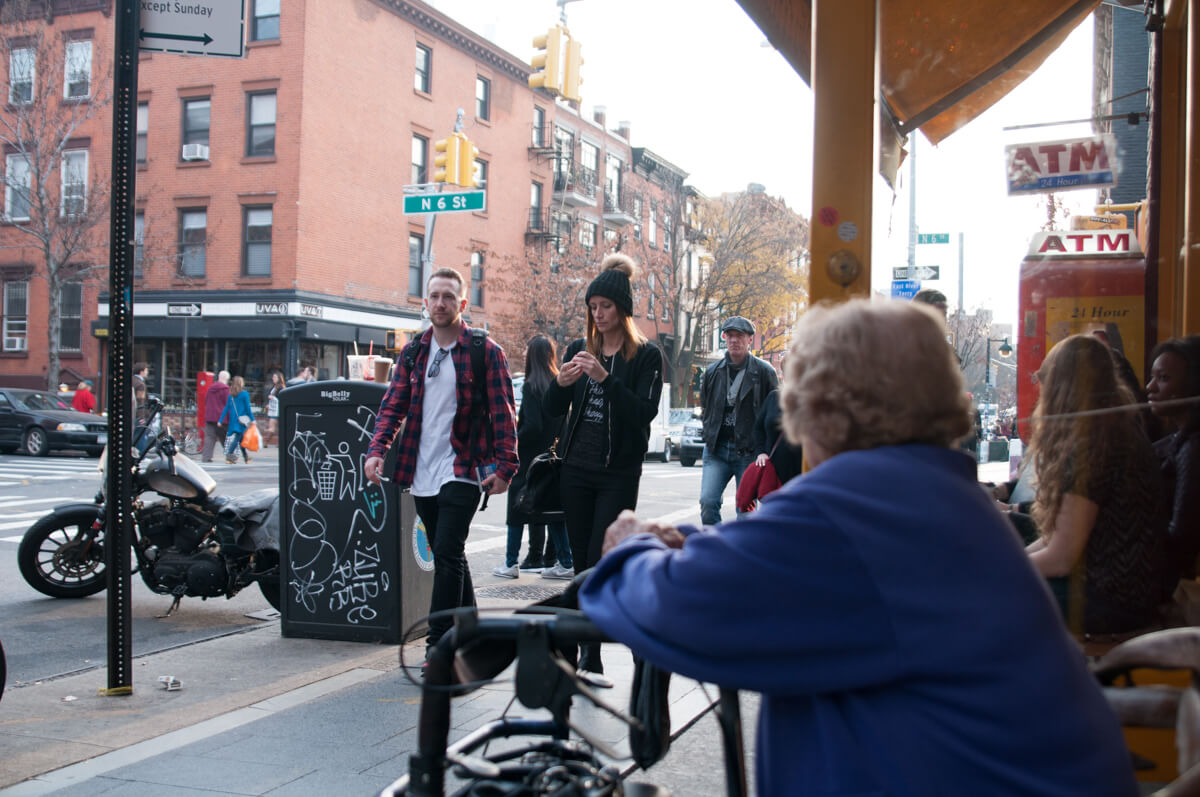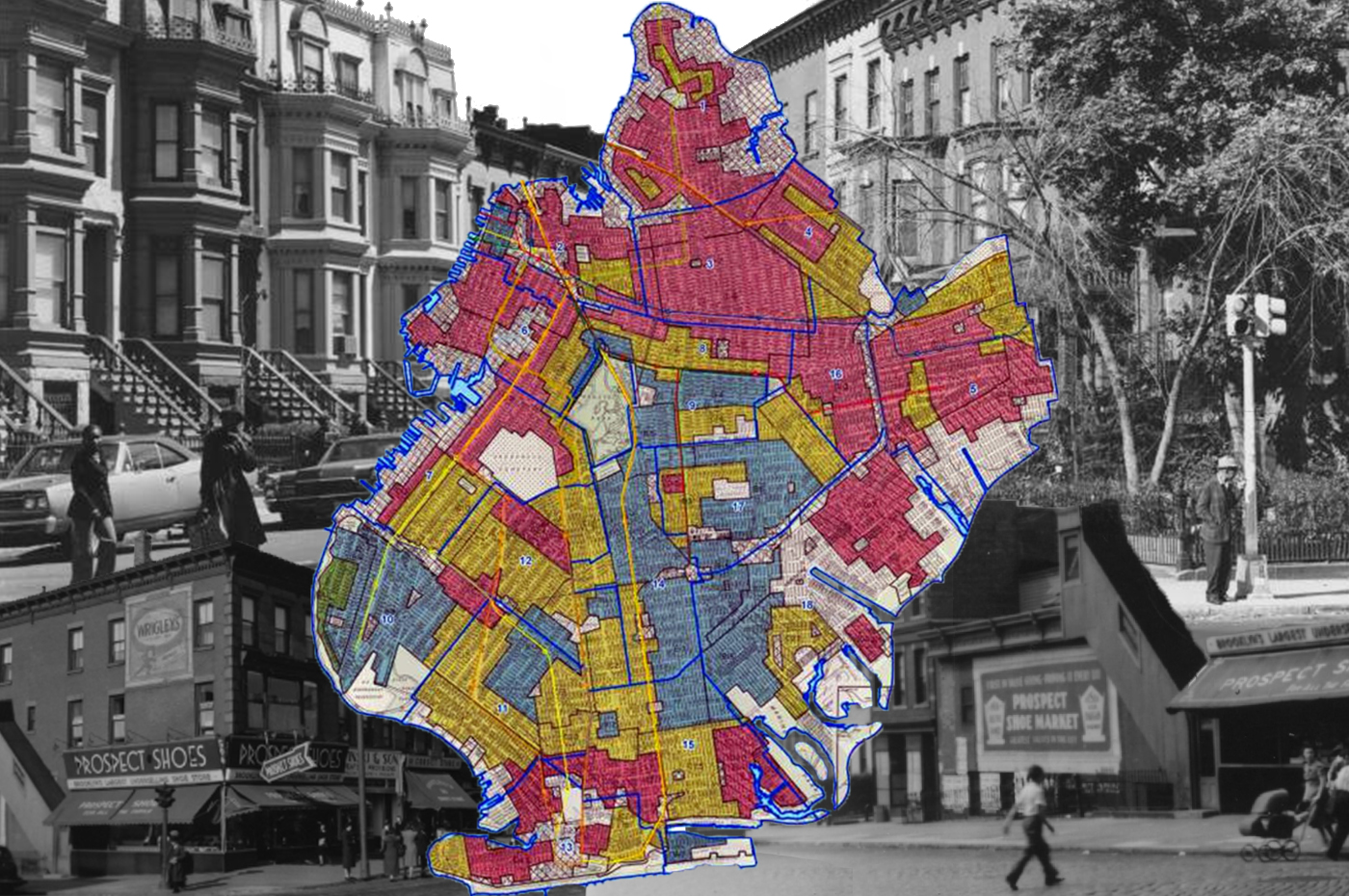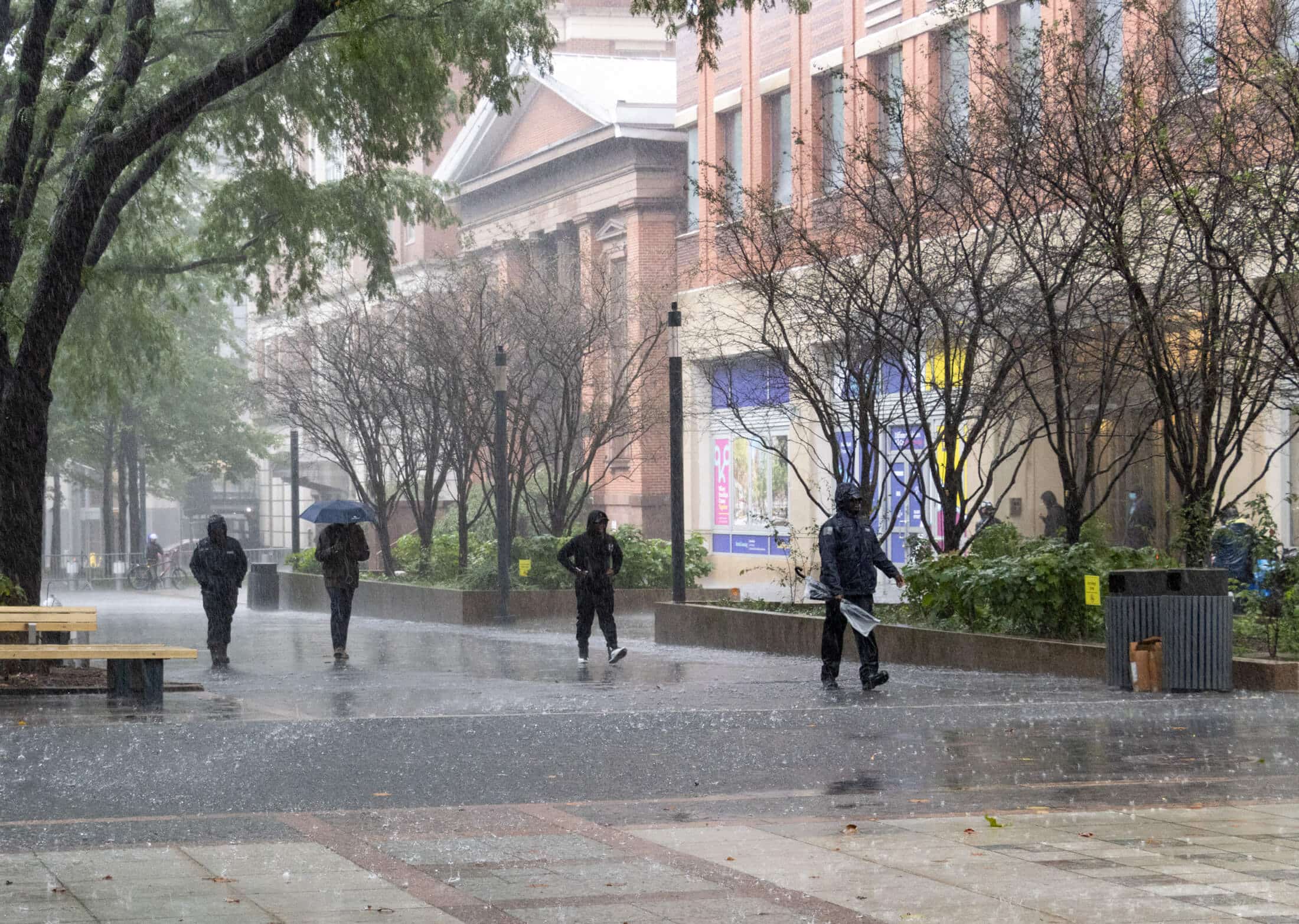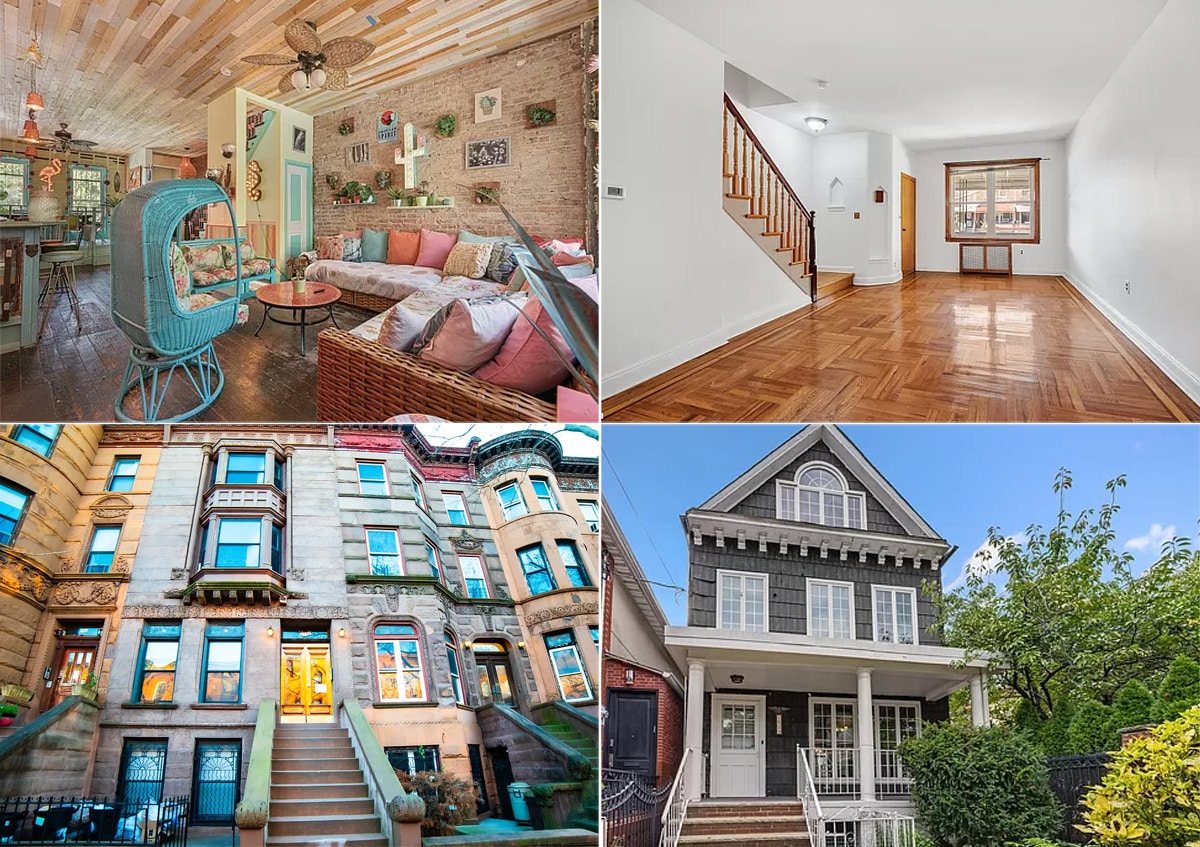Queenswalk: The Free Synagogue of Flushing
Flushing is one of the most ethnically and religiously diverse communities in Queens, so it should come as no surprise that the oldest Reform Synagogue in the borough is located here. The Free Synagogue of Flushing was founded in 1917 through the efforts of the Hebrew Woman’s Aid Society of Flushing. The Free Synagogue Movement…

Flushing is one of the most ethnically and religiously diverse communities in Queens, so it should come as no surprise that the oldest Reform Synagogue in the borough is located here. The Free Synagogue of Flushing was founded in 1917 through the efforts of the Hebrew Woman’s Aid Society of Flushing.
The Free Synagogue Movement was begun in Manhattan by Rabbi Stephen Wise in 1906. Rabbi Wise came to NYC from Portland, Oregon, to “organize and lead an independent Jewish religious movement.” He established a congregation in Manhattan which soon had over 500 members. They were able to purchase a group of brownstones on W.68th St. which were torn down to build the first Free Synagogue in 1911.
Between 1914 and 1920, branches of the Free Synagogue were established throughout the city, in Westchester and New Jersey. The Flushing synagogue was one of those branches.
The Free Synagogue Movement was founded under the guiding principles of freedom of the pulpit, freedom in religious philosophy, freedom in terms of seating, and the equality of men and women in participation and leadership.

Flushing’s congregation purchased a large Hoffman mansion that stood in a large lot on the corner of Kissena Blvd and Stanford Avenue. The mansion had been built from the framework of an old hunting lodge, testifying to the rural aspect of Flushing hundreds of years ago. The grand mansion had been designed in the 1880s by McKim, Mead & White, the late 19th century’s most prestigious architectural firm.
At the time the congregation purchased the old mansion, Flushing was transitioning from a sleepy farm town into part of the big city. The Queensboro Bridge and Queens Blvd. were opening up the entire borough. The subway system had reached Corona, and developers were building the neighborhoods that would transform Queens, and greatly increase its population.
Between the end of World War I and the 1920s, the population of Queens grew by 130%. The subways came to Flushing in 1928, growing the neighborhood even more. By 1926, it became clear that the large mansion was too small for the growing congregation.
The mansion sat on a large lot, so the decision was made to move it to a corner of the lot, and build a new synagogue next door. The old mansion would become offices and classrooms. The Hebrew Woman’s Aid Society commissioned architect Maurice Courland to design a neoclassical synagogue for the space.

He delivered a classic domed temple building with a massive portico supported by four pillars. In addition to being true to the classical style, it also compliments the McKim, Mead & White mansion’s neoclassical roots. Inscribed on the portico are the words, “For mine house shall be called a house of prayer for all people” – Isaiah 56:7.
Inside, a huge domed ceiling dominates the space, supported by pilasters. The interior is illuminated by Czechoslovakian stained glass crafted in the Tiffany style.

The windows depict Noah’s Ark, the lions of Judah, the hands of the Priestly Blessing, and beautiful swirls of flowers, leaves and vines symbolizing the Sukkot prayer.

In the center of the dome, which covers the entire ceiling, a smaller stained glass dome holds a Star of David in the center, surrounded by a carved filigree wood frame covered in gold leaf.

Over the years, the Free Synagogue of Flushing has had many important and influential rabbis. One of the first rabbis was Rabbi Bernard Cantor. He was doing humanitarian work in Russia, helping oppressed Jews in Eastern Europe, when he was murdered by bandits in 1920. The congregation still observes the anniversary of his death.
In 1922, the congregation was led by Rabbi Max Meyer, who was supposed to be a temporary placement. 40 years later, he was celebrated as the leader who had brought the Free Synagogue into its own in Flushing, growing the congregation in numbers and influence. He was also the chairman of the North Shore branch of the Long Island division of the American Jewish Congress.
Rabbi Charles Agin was brought in to aid Rabbi Meyer, and ended up succeeding him. He led the Free Synagogue for the next fifty years. Under his leadership, the congregation built a new administration building and school, expanding the outreach of the synagogue, and enabling them to offer many more programs for Jewish education, as well as outreach to the entire Flushing community.

The rabbi who personifies the liberal and reform traditions of today’s Free Synagogue is Michael Weisser, who joined the congregation as rabbi in 2008 and still leads the congregation. Rabbi Weisser was Cantor Weisser in the early 1990s, when he lived in Lincoln, Nebraska. There, he and his family were threatened by Larry Trapp, the Grand Dragon of the White Knights of the Ku Klux Klan, and an avowed Nazi. Instead of meeting threats of violence with fear or hatred, Cantor Weisser reached out to Trapp, and ultimately befriended him.
Through the course of their friendship, Trapp renounced his past life and beliefs, and began speaking out against racism and anti-Semitism. In 1992, two months before he died of diabetic related kidney disease, Larry Trapp converted to Judaism, and celebrated his conversion in the same synagogue he had once plotted to blow up. “Not By the Sword: How a Cantor and His Family Transformed a Klansman”, written by Kathryn Watterson, celebrates this amazing transformation of lives.
The Free Synagogue was placed on the State and National Register of Historic Places in 2009. That year they began an extensive restoration project to repair and restore the beautiful stained glass windows. This project helped make them the first recipient of the New York Landmarks Conservancy’s Historic Synagogue Fund award in 2011.

Throughout its history, the Free Synagogue of Flushing has stayed true to the principles of the Free Synagogue Movement, established almost a hundred years ago. As their website notes, they have been “a bastion of liberal thought and social activism. The congregation continues to be welcoming to all people: interfaith couples, straight, gay, every ethnicity and heritage, spanning the generations with an elderly contingent as well as member families with young children.”
The Free Synagogue is located at 41-60 Kissena Boulevard, at Stanford Avenue in Flushing.
(Photograph:Plus.Google pix)









correction… That should be SANFORDVILLE Ave.